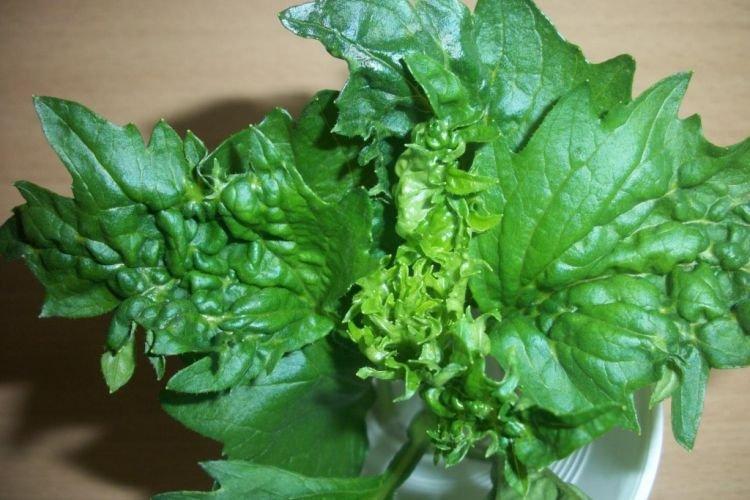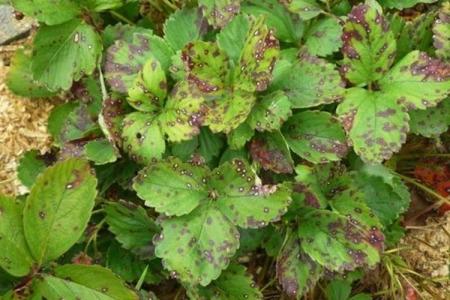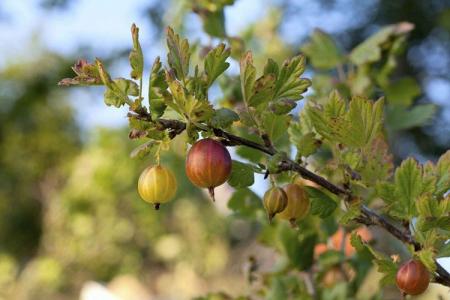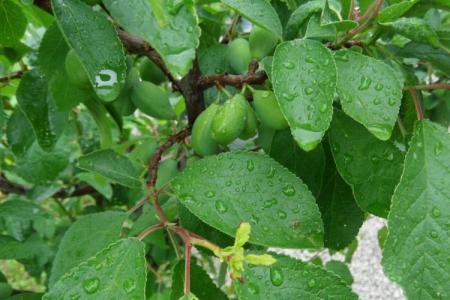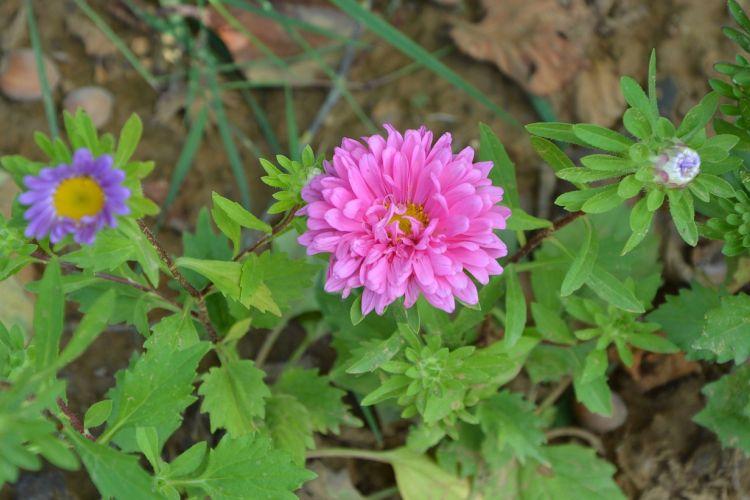
It seems that everything in the world is already known about asters - they are so popular among gardeners and florists. Even so, it is easy to miss a dangerous disease that will ruin the entire landing. This is especially true for leaf diseases, which are very sensitive to fungi and infections. We will tell you what you may encounter!
Leaves turn yellow and dry
The most common problem with aster leaves is that they turn yellow and dry. There can be a lot of reasons - from improper care to the first symptoms of the disease.
- In too hot hours, sunburn can remain, so it is not recommended to spray and water asters in the middle of the day;
- If the watering of asters is disturbed, they will begin to turn yellow, dry or rot. And it is also a favorable environment for the development of any fungi;
- With a lack of iron or other trace elements, local chlorosis is manifested;
- Thrips leave behind solid yellow spots, into which their bites gradually spread;
- The black leg mainly affects the stem at the root, but over time, the leaves also turn yellow and dry;
- With jaundice, the leaves of asters first change the color of the vein, and only then - the entire plate. The virus is not cured, and the plant stops developing and blooming. Usually insects carry the disease, so prevention is important.
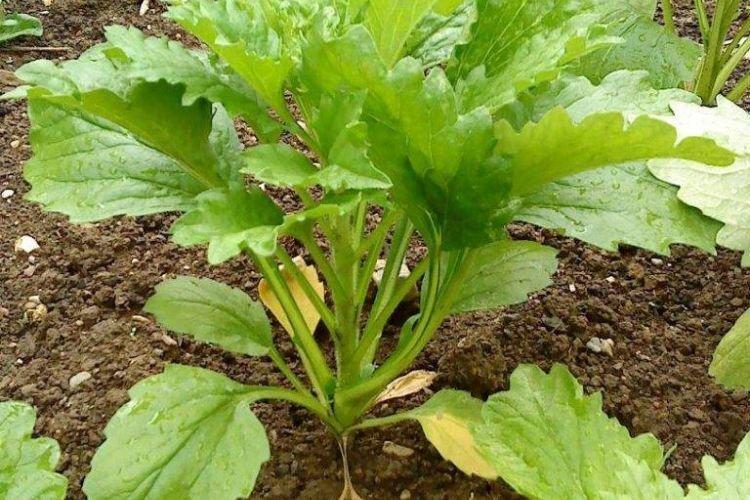
Brown spots on aster leaves
If everything is rather foggy with yellow spots, then brown ones are almost certainly a consequence of fungal infections. Fortunately, asters are easy to cure from them with fungicides!
- Rust with red and sometimes swollen spots rarely appears on asters, but the likelihood is not excluded;
- Brown and as if moldy spots appear on the leaves due to late blight;
- Light brown spots quickly spread over the leaves and darken if the aster suffers from septoria. Gardeners also call it brown spot;
- Bacterial spotting causes the spots to dry out quickly, curl and crumble. Such a plant will almost certainly die;
- Aster turns brown and becomes covered with putrefactive spots when affected by gray rot. Later, a gray fungal bloom appears on them.

Aster leaves turn black
Black leaves indicate advanced stages of the disease, putrefactive processes or bacterial infection. It is not a fact that the sick aster can be saved, but the rest must be protected!
- Due to a bacterial burn, asters seem to completely burn out, starting with young leaves and shoots;
- Root cancer leaves black necrotic foci, tumors and ulcers;
- Black bloom spreads over the leaves, which are covered with a sooty fungus. For prevention, treat with insecticides, because insects carry it.
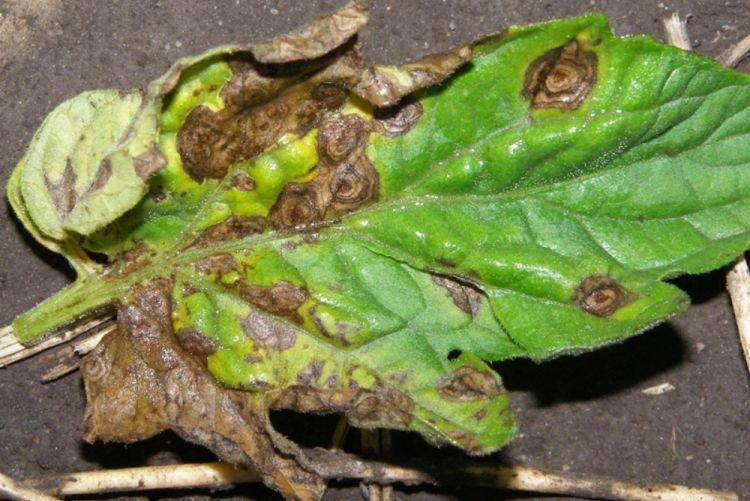
White bloom on aster leaves
White fungal spores do indeed resemble a soft, velvety coating on the leaves. Sometimes from a distance it can be confused with a thin whitish web left by pests.
- Whitish bloom on warm, humid days is powdery mildew. The ubiquitous fungus is found on all garden plants, but responds well to treatment;
- A thin whitish cobweb, under which the leaves gradually fade and dry, leaves a spider mite;
- Late blight spots can sometimes become covered with a coating that resembles a cobweb;
- White bloom over dark spots gives white rot, which loves moisture, cold snaps and thickened plantings;
- Aphids leave a sticky, shiny coating over discolored spots.
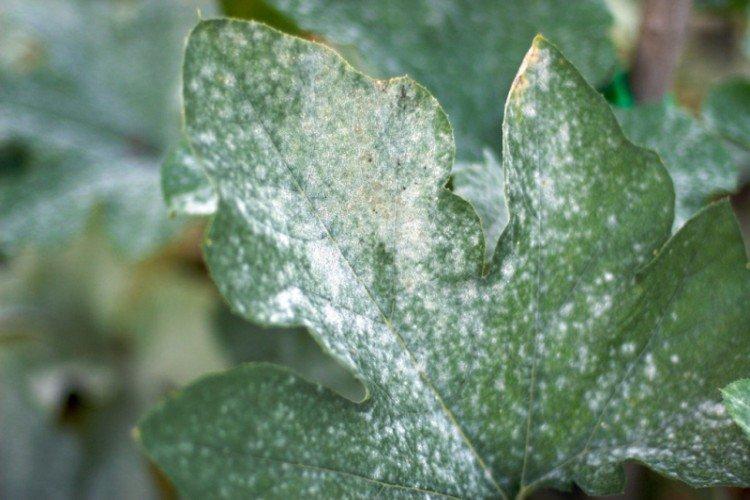
Aster leaves curl
Pests like to hide in twisted leaves. And the plates are deformed due to improper care or lack of power.
- Aster leaves turn yellow, darken, curl and wither when the plant is affected by fusarium;
- If the flower bed is too thick, then the leaves wrinkle, because they lack light and air;
- The earwig rapidly eats the leaves, which is why at first they fold;
- The leaves fade and deform along with the entire plant when meadow bugs have chosen it.
